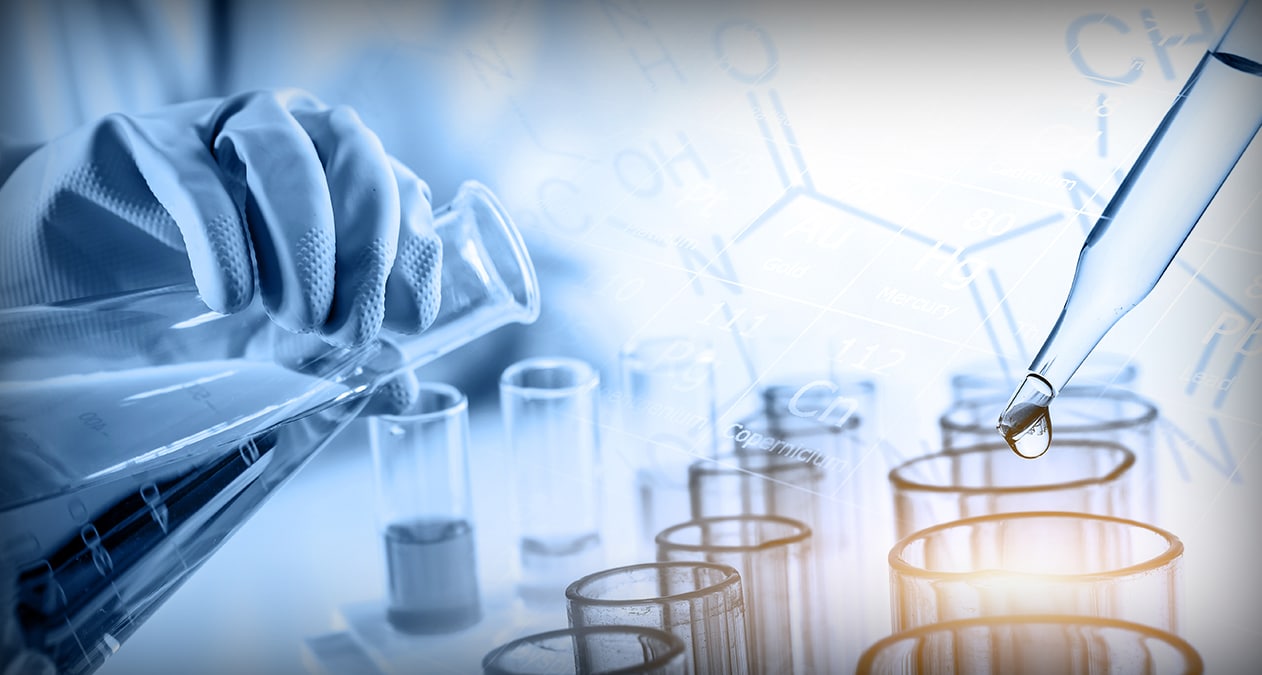
Industrial water treatment is not one-size-fits-all—solutions are as unique as each operation’s water chemistry. Therefore, getting the right industrial water treatment solution is critical to equipment reliability. This takes a fine-tuned combination of laboratory testing, application research, and equipment expertise.
A laboratory analysis of your industrial water is fundamental to specifying the right solution because the lab data influences decisions about equipment capabilities and design. The water analysis will identify concentrations of Biological Oxygen Demand (BOD), Chemical Oxygen Demand (COD), pH, Total Dissolved Solids (TDS), Total Suspended Solids (TSS) and much more. That information, along with details about the application, will be used to determine whether you need auxiliary treatments to get the most value out of your incoming water, process water, or wastewater, and reliable performance from your water treatment equipment.
For example, ultrafiltration (UF) is becoming widely adopted as the fluid waste management process of choice for producing effluent that may be discharged to the sewer. UF significantly reduces haul-away and detergent costs. However, a wastewater expert may recommend reverse osmosis be used after ultrafiltration so the water will be suitable for recycling back into your operation. This level of equipment specification also improves equipment reliability. For example, ensuring system membranes can sufficiently handle the amount of permeate being produced, will help reduce fouling and minimize downtime.
Working with a supplier who has an active and comprehensive test lab can be a tremendous benefit before and after equipment selection. Prior to equipment selection, lab testing helps water treatment equipment specialists engineer an optimized solution, reduces equipment lead times, and can deliver proof of capabilities prior to installation. A testing lab with pilot versions of the equipment recommended for your application will simulate your water treatment process. This step not only verifies the equipment is capable of meeting the level of treatment needed, it helps you gauge the system’s estimated return on investment—before the equipment arrives at your facility.
In addition, water conditions sometimes change. For example, seasonal factors can affect raw water treatment. If your supplier is designing a new water treatment system, a year’s worth of data provides a wider view of water chemistry. If the change to the water chemistry occurs during processing, robust testing capabilities enable total solutions providers of water treatment equipment to quickly understand the change and recommend a solution to adjust for the change.
The next time you reach out to an industrial water treatment equipment supplier, inquire about their testing capabilities and processes. A chemical analysis of the water is integral for developing a reliable water treatment solution that will bring the greatest value to your operation.
For more information regarding PRAB, please visit prab.com or contact us.